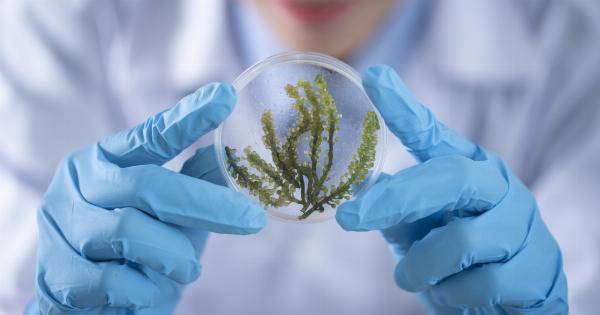The human body is home to millions of micro-organisms living both inside and outside. These micro-organisms include bacteria, viruses, fungi and more.
Similarly, the vagina hosts several micro-organisms, which play a crucial role in maintaining its health and ensuring optimal sexual well-being in females. In this article, we explore different types of vaginal micro-organisms and how they affect female sexuality.
What are vaginal micro-organisms?
Vaginal micro-organisms are bacterial colonies that live inside the vagina and play a crucial role in maintaining its health.
These colonies are part of a woman’s natural microbial fauna, which keeps the vaginal environment balanced by controlling the growth and overgrowth of different types of micro-organisms.
The role of vaginal micro-organisms in female sexuality
Vaginal micro-organisms play a crucial role in maintaining the health of the female reproductive system and ensuring optimal sexual satisfaction. These micro-organisms are responsible for regulating different aspects of female sexuality such as:.
1. pH balance
The vaginal micro-organisms, specifically lactobacilli, keep the pH balance of the vagina at a level of 3.8 to 4.5.
This acidic environment makes it difficult for harmful micro-organisms to survive, thereby ensuring the vagina is free from infections, which can affect female sexual satisfaction negatively.
2. Lubrication
The vaginal micro-organisms are responsible for the secretion of vaginal fluid, which acts as a natural lubricant during sexual activity.
This fluid helps reduce friction and increases sexual pleasure by keeping the surrounding region moist which makes penetration more comfortable.
3. Resistance to infection
Vaginal micro-organisms play a significant role in maintaining the natural immunity of the vagina.
Lactobacilli create an environment where pathogens cannot thrive thus protecting the vagina from infections, which can impact sexual enjoyment and create discomfort during sex.
Types of vaginal micro-organisms
There are several types of vaginal micro-organisms, but the most common ones include:.
1. Lactobacilli
Lactobacilli are the most abundant micro-organisms found in the healthy vagina. These are friendly bacteria that ensure the pH balance and suppress the growth of harmful bacteria.
They secrete lactic acid, which creates a mildly acidic environment inhospitable for unhelpful bacteria, but also keeps the vagina healthy and fresh-smelling.
2. Bifidobacteria
Bifidobacteria is another friendly micro-organism found in the female vagina. These bacteria help regulate bowel movements and ensure proper digestion. They are essential for overall vaginal health and well-being.
3. Candida albicans
Candida albicans is a type of fungus that is found in a small amount of the female vaginal microflora. In healthy amounts, Candida albicans does not cause any harm or symptoms.
However, in the event of overgrowth, it can lead to a condition known as yeast infection, which causes itching, burning sensation, and unpleasant odor, amongst others.
4. Gardnerella vaginalis
Gardnerella vaginalis is a type of bacterium that is found in a very small number in a healthy vaginal microflora. In the case of overgrowth, it can lead to bacterial vaginosis, a condition that can cause an unpleasant odor, itching, and inflammation.
Factors that can lead to an imbalance of vaginal micro-organisms
Several factors can cause an imbalance of the vaginal micro-organisms, leading to a condition known as vaginal dysbiosis. Some of these factors include:.
1. Antibiotic use
Antibiotic use can kill off helpful bacteria found in the vagina leading to an overgrowth of harmful bacteria which can cause symptoms such as discharge, itching, and malodorous while having sex.
2. Hormonal changes
Hormonal changes, especially during pregnancy and menopause, can lead to a drop in estrogen levels, causing an imbalance in the vaginal micro-organisms leading to discharge, dryness, and decreased sexual desire.
3. Sexual intercourse
During sexual intercourse, several micro-organisms can be introduced to the vaginal environment leading to an imbalance in the vaginal microflora.
Higher number of sexual partners or unprotected sex could also increase the risk of acquiring infections that leads to a decrease in libido.
Conclusion
Vaginal micro-organisms play a crucial role in maintaining the health of the female reproductive system and ensuring optimal sexual wellness.
Proper maintenance of the vaginal microbiota is key to preventing infections that can lead to discomfort and decreased sexual satisfaction. Monitoring and maintaining the optimal vaginal microbial balance can improve overall sexual health in females.






























